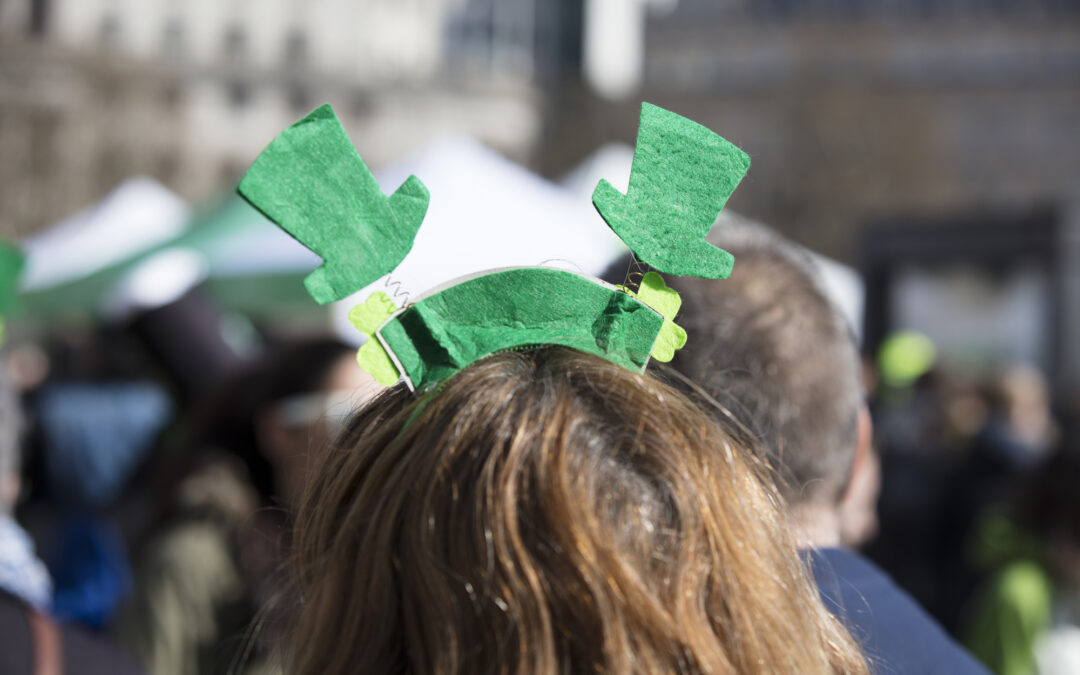Facts and Myths about Ireland’s Patron Saint and Why We Honor His Death
In just a couple weeks, we’ll all be wearing green, eating corned beef and cabbage, and downing pints of Guinness, as we celebrate St. Patrick’s Day. Though it’s not known by most revelers, St. Patrick’s Day originated as a memorial to the death of the legendary “Apostle of Ireland.” It’s now an all-out celebration of all things Irish, including food, dance, music, culture and, of course, a wee nip or two. But who was St. Patrick? Why is he so important to Ireland?
What We Actually Know about St. Patrick
Historians are relatively certain that Patrick, whose given name was Patricius, was the son of a Roman decurion, born in Scotland in 387 C.E. While living in Wales as a teenager, he was kidnapped by Irish pirates and held for more than six years. He escaped and eventually made his way back to Wales. Once he returned home, he converted to Christianity.
The story is told that, while tending his flocks in Ireland (as a captive), Patrick developed a close relationship with God. After his return to Wales, he allegedly had a vision, wherein the Bishop of Rome called him to return to Ireland. After being ordained in the Christian Church, he went back to the Irish Isles and spent the rest of his life converting the Irish to Christianity, ordaining priests and building the Irish Catholic Church.
Some of the Legends about St. Patrick
Among the many stories associated with St. Patrick are:
- The introduction of the shamrock as a symbol of Ireland—Actually, the myth (which may or may not be true) says that St. Patrick initially used the shamrock to explain the concept of the trinity. Most people in Ireland at the time were illiterate and there was a deep cultural belief in the power of nature. Patrick used the simple shamrock to explain how three separate entities—Father, Son and Holy Spirit—could exist in a single being.
- He drove all the snakes out of Ireland—According to tradition, Patrick was engaged in a 40-day fast on an Irish mountaintop when he was attacked by a snake. Patrick then took his staff and sent all the snakes in Ireland into the sea. It’s important to understand, though, that anthropologists find no evidence that snakes ever lived in Ireland.
- His walking stick became a living tree—As he traveled across Ireland, St. Patrick supposedly used an ash walking stick. Legend says that, at some point, Patrick left the stick in the ground while he sought to convert the inhabitants of a small village to Christianity. The effort took so long that the walking stick took root and became an ash tree.


